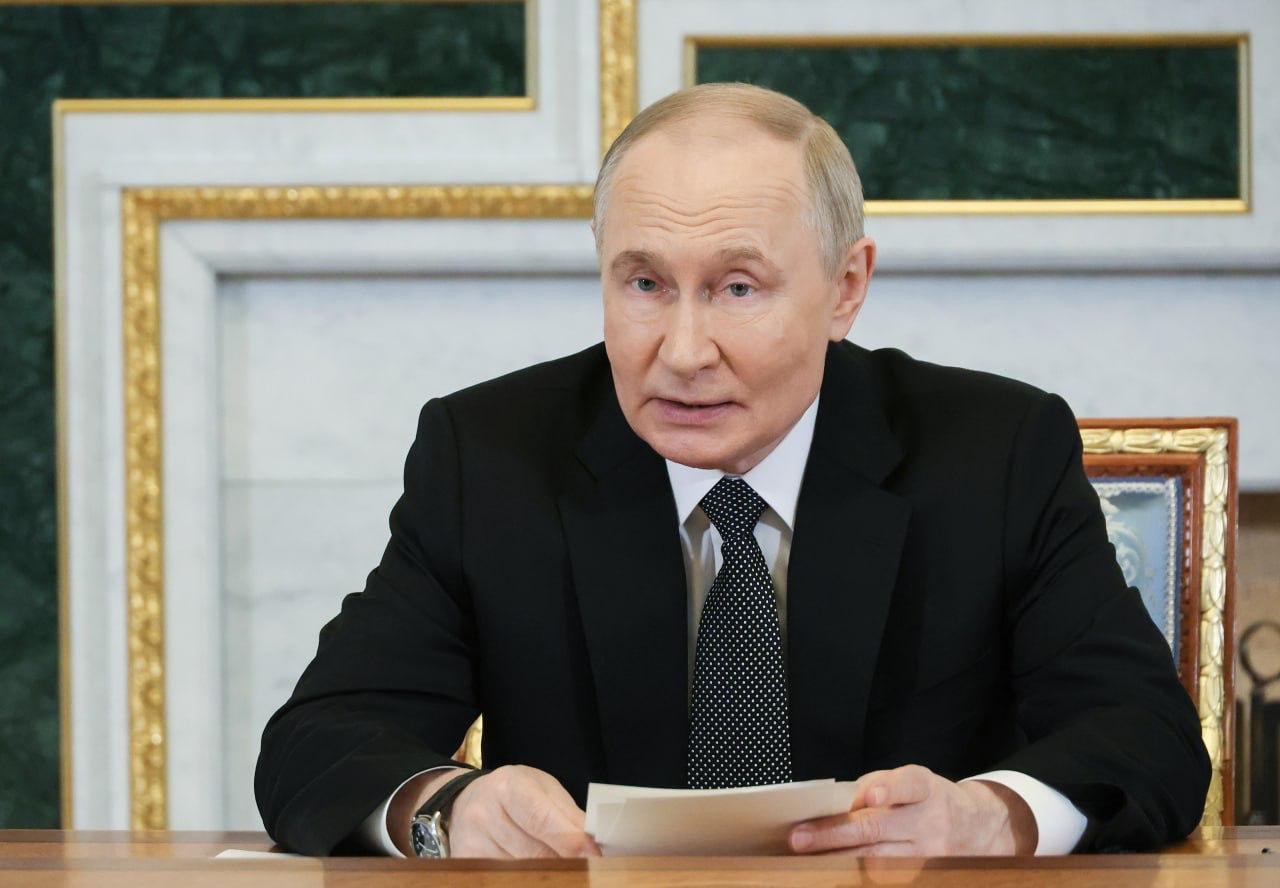On August 24, 2025, Russia accused Ukraine of launching a drone strike on the Kursk Nuclear Power Plant, sparking a fire and damaging an auxiliary transformer. The incident, which coincided with Ukraine’s 34th Independence Day, raised fresh nuclear safety concerns and highlighted escalating drone warfare targeting energy infrastructure in both countries.
Ukraine Drone Strike Hits Russian Nuclear Plant on Independence Day
On August 24, 2025, Russia accused Ukraine of launching a drone strike on the Kursk Nuclear Power Plant (NPP), raising fresh concerns over the safety of nuclear facilities amid the ongoing conflict. The incident occurred on the same day Ukraine celebrated its 34th Independence Day, marking the anniversary of its 1991 declaration of independence from the Soviet Union.
The Kursk Nuclear Power Plant, located in Kurchatov, in Russia’s Kursk region, lies about 60 kilometers (38 miles) from the Russia-Ukraine border. As one of Russia’s largest nuclear facilities, the plant is a strategically important energy hub.

According to Russian reports, a Ukrainian unmanned aerial vehicle (UAV) targeted the facility but was intercepted by air defense systems near the plant. The downed drone detonated on impact, damaging an auxiliary transformer and sparking a fire. Emergency crews quickly extinguished the blaze, and no casualties were reported.
Operational Impact
The damage, however, was significant enough to force a reduction in reactor operations. Reactor number three at the Kursk NPP was operating at only 50 percent capacity following the incident. Two other reactors at the site remained operational but were not generating power, while a fourth reactor was under scheduled maintenance.
Despite the attack, Russian officials reassured the public that radiation levels at the plant and in surrounding areas remained within normal limits. The International Atomic Energy Agency (IAEA) confirmed these reports, while emphasizing the importance of protecting nuclear facilities from military activity. The IAEA noted that while it had not independently verified the incident, it continued to monitor the situation closely.
Part of a Wider Wave of Strikes
The drone strike on the Kursk NPP was not an isolated incident. It formed part of a broader overnight wave of Ukrainian drone attacks targeting Russian energy and power infrastructure. Russia’s Defense Ministry claimed its forces intercepted 95 Ukrainian drones across multiple regions, including Kursk, the annexed Crimean Peninsula, and the Leningrad region.
In Leningrad, debris from downed Ukrainian drones caused a fire at the Ust-Luga fuel export terminal, operated by Novatek. Ust-Luga is a key Baltic Sea hub for Russian oil and gas exports. Firefighters were deployed to extinguish the blaze, and no injuries were reported.
At the same time, Ukraine’s air force reported that Russia launched 72 drones and one cruise missile into Ukrainian airspace overnight. Of these, Ukrainian defenses intercepted or jammed 48 drones. Both countries continue to accuse each other of deliberately targeting critical energy and nuclear infrastructure, highlighting the growing risks to civilian safety.
Symbolic Timing
The attack coincided with Ukraine’s Independence Day, a significant national holiday that holds both symbolic and political weight. In Kyiv, Ukrainian President Volodymyr Zelenskyy addressed crowds in Independence Square, emphasizing Ukraine’s determination to fight for sovereignty and calling for a “just peace.”
The timing of the Kursk attack suggests it may have carried symbolic intent, signaling defiance against Russia while also demonstrating Ukraine’s ability to strike deep into Russian territory.
Escalating Risks and International Reaction
The attack prompted immediate condemnation from Russian officials. Acting Kursk governor Alexander Khinshtein described the strike as a “threat to nuclear safety” and a violation of international norms. Moscow has consistently accused Ukraine of recklessly targeting nuclear facilities, drawing parallels to the contested Zaporizhzhia Nuclear Power Plant, which has been under Russian control since early in the war.
The IAEA reiterated its warning that military activity near nuclear facilities poses unacceptable risks. This echoes repeated calls by international organizations for both sides to avoid actions that could endanger civilian populations through potential nuclear accidents.
International reactions also reflected a mix of concern and support for Ukraine. Canadian Prime Minister Mark Carney issued a statement reaffirming Canada’s solidarity with Ukraine, while Norway pledged $695 million for Ukrainian air defense systems. These announcements came as part of broader diplomatic efforts to strengthen Ukraine’s defensive capabilities while condemning Russia’s ongoing invasion.
Diplomatic Stalemate
The incident occurred against the backdrop of stalled peace negotiations. Russian Foreign Minister Sergey Lavrov accused Ukraine of obstructing talks, while Kyiv has insisted that Russia must first end its aggression before meaningful discussions can resume. The Kursk incident and the wider wave of drone attacks only deepen the distrust between the two nations, complicating already fragile diplomatic efforts.
Implications
The strike on the Kursk Nuclear Power Plant, even if limited in scale, raises broader concerns about the trajectory of the conflict. It highlights Ukraine’s increasing reliance on long-range drone warfare to disrupt Russian infrastructure, while Russia continues to bombard Ukrainian cities and energy grids. This cycle of attacks reflects an intensifying tit-for-tat strategy, with civilian safety and global nuclear security at stake.
While Russian authorities moved quickly to downplay the severity of the incident, emphasizing normal radiation levels and limited damage, the symbolic and strategic impact cannot be ignored. For Ukraine, the timing of the strike on its Independence Day serves as a powerful statement of defiance. For Russia, the event underscores the vulnerability of its energy infrastructure despite its vast air defense systems.
The IAEA and global leaders continue to stress that nuclear plants must never be drawn into military conflict. However, with both sides escalating strikes on critical infrastructure, the risks of a miscalculation or catastrophic accident remain high.
As the war grinds on into its fourth year, incidents like the Kursk NPP strike show how the conflict has evolved into a dangerous battle not only over territory but also over critical energy and nuclear assets—assets whose destruction could have consequences far beyond the battlefield.

